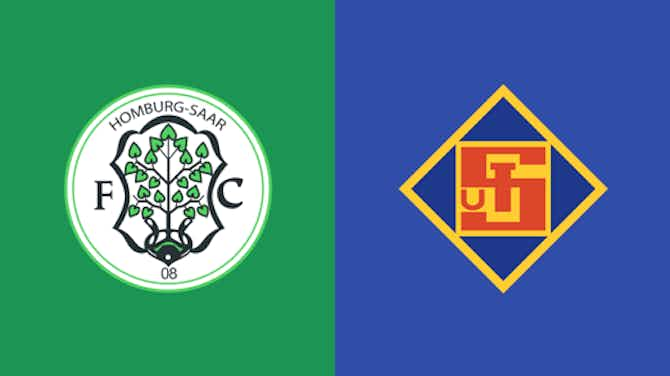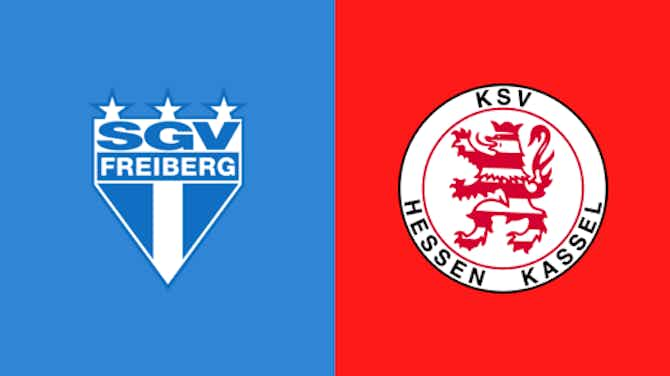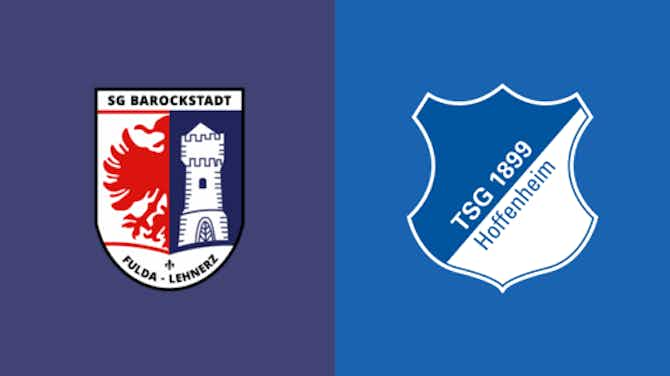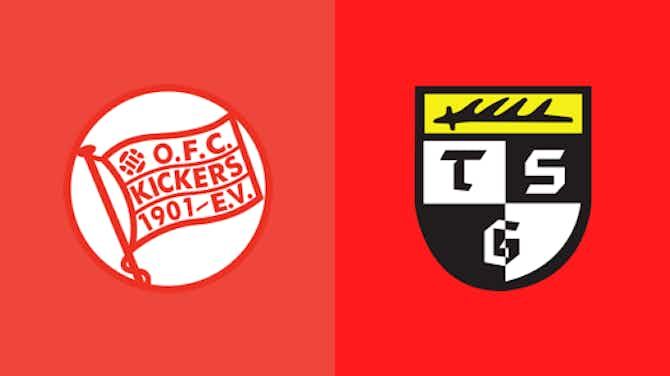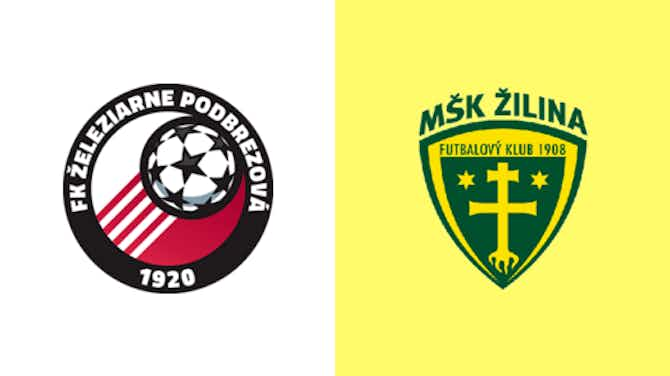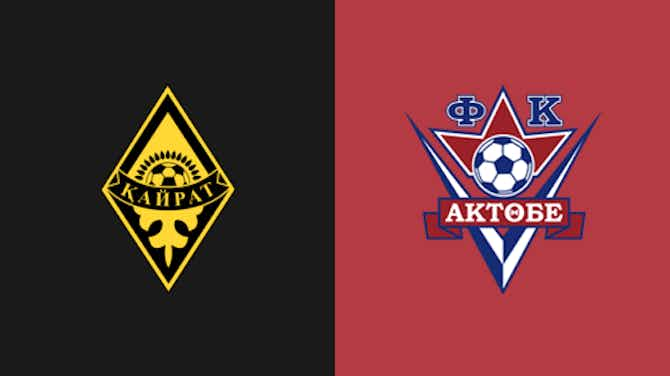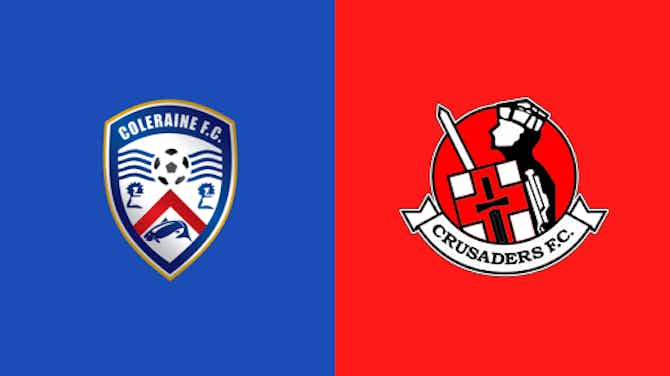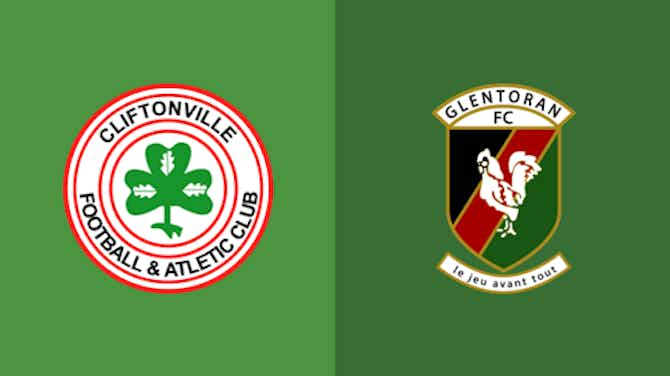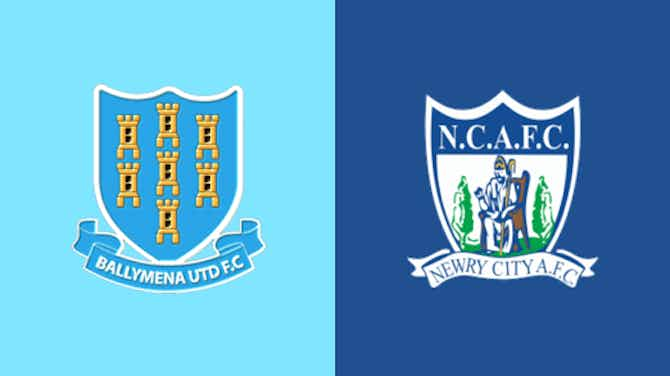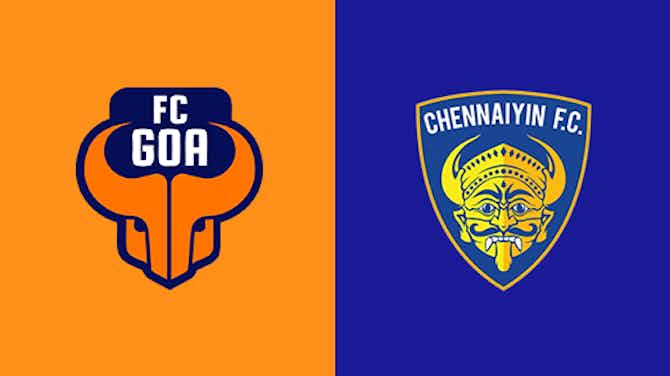The Celtic Star
·14 October 2021
Mystery Solved, exactly 60 Years after The Celtic Song is first played at Paradise

The Celtic Star
·14 October 2021

Sixty years ago, on 14 October 1961 Celtic defeated Stirling Albion at Celtic Park by five goals to nil. The goals were scored by Bobby Carroll, a hat-trick from John ‘Yogi’ Hughes and a late strike by John Divers Jnr. A crowd of 22,000 were at Celtic Park to see these goals being scored and they also got to hear for The Celtic Song by Glen Daly played over the tannoy for the first time ever…
And there’s a mystery surrounding The Celtic Song that Jamie Fox can clear up for us today….
“They seek him here, they seek him there Those Frenchies seek him everywhere Is he in heaven or is he in hell? That demned elusive Pimpernel”
On both the Celtic Song and John Thomson Song ‘new lyrics’ are credited to Liam Mallory. However, the words of these Celtic classics didn’t come from the pen of this mysterious and subsequently elusive character.
The lyrics of the John Thomson Song were roughly contemporary with the Celtic goalkeeper’s tragic death at Ibrox, while the Celtic Song had come, via the Donegall Road home of Belfast Celtic, to Glasgow at about the same time as the arrival of the ‘Clown Prince of Parkhead’ Charlie Tully in 1949.
The real identity of Liam Mallory was in fact Clifford P. Stanton, who was the proprietor of a Parkhead record shop and another music business on the Gallowgate opposite Barrowland. Glasgow Jazz Promotions, at 271 Gallowgate, was a typical 50’s/60’s record shop with the emphasis on Jazz and Blues recordings, U.S. imports and sheet music.
Cliff, a Londoner, recording manager, music publisher, promoter and talent scout was one of the shrewdest and most likeable people in the music industry. He represented prominent Folk Artistes such as Hamish Imlach and Josh McCrea, promoted ‘Riverboat Shuffles’ on the Clyde, successful Jazz concerts in St Andrew’s Halls and authored a column in ‘Record Mirror’. He was certainly influential in the industry, even securing the services of music legend Tony Hatch as producer on Buddy Logan’s ‘The Rangers Song’ (1961) another of Clifford’s projects.
Stanton was responsible for giving Glen Daly the opportunity to record the Celtic Song and John Thomson Song which were originally intended for the Beltona label. However, as a result of impressive, record-breaking pre-release orders, both songs were finally issued on the more prestigious PYE Piccadilly label.
Although an experienced Variety Artiste, Glen Daly was very much an ‘innocent abroad’ in the world of recording and music publishing. He didn’t realise, for example, that if no one claimed the rights to lyrics or music that they could be quite legitimately claimed by anyone who wanted to exploit them commercially. Realising the sales potential of both songs, Cliff Stanton claimed the rights and consequently his ‘nom de plume’ Liam Mallory appears on both the discs and sheet music as the lyricist.

Glen Daly in the recording studio
Glen Daly, who in fact wrote the second verse in Simpson’s on the Strand on the afternoon before the recording session at PYE’s Marble Arch Studios, was quite content with this arrangement. He was excited at the prospect of a recording career and even more importantly the royalties of one ‘old’ penny for each disc sold and a significant share in the profits from sheet music sales.
Both songs were published by Clifford Music but perhaps the Londoner had some financial consideration in mind (HMRC?) or did the name Liam suggest an extremely commercial hint of the Emerald Isle? Cliff Stanton had no real interest in football, and would reluctantly declare himself an Arsenal fan, but he saw clearly and earlier than most the commercial and promotional opportunities that the game and the major clubs offered.
The layout of his Gallowgate shop reflected his retail philosophy. One window devoted to Celtic recordings and one to the other half of the Old Firm. His anonymity would have been guaranteed except for a promotional picture that appeared in the Irish Weekly (1962) where he is featured alongside Glen Daly promoting sheet music and clearly identified as: ‘Liam Mallory of the publishers Clifford Music’.

The only known pic of him – Stanton/Mallory is holding the sheet music.
Cliff’s contribution to Celtic musical tradition continued in 1964 with the release on the Beltona label of the ‘Parkhead March Medley’ performed by the quaintly named ‘Parkhead Enthusiasts’. The tracks included re-recordings of the Celtic Song and John Thomson Song as well as other Irish favourites.
In 1966, on the Pan label, a collection called ‘Celtic Supporters Songs’ included musical content that sounded vaguely and disturbingly familiar. Stanton (AKA Mallory) with his co-writer Hogan McComish claimed to be the composer of some ‘new’ titles: ‘Follow, Follow Celtic’, ‘The Flag My Father Bore’, ‘There’s Not a Team’ and ‘Long Live Celtic’. In an ecumenical gesture, although a committed Marxist from a Jewish background, on the B Side Cliff claimed composition of ‘Hail Glorious St Patrick’, ‘Faith of our Fathers’ as well as a number of traditional Irish patriotic songs.
Now where does all this leave the alleged involvement of prominent and much revered Garngad poet Mick McLaughlin who we are often told sold The Celtic Song, based on the overture to the Pirates of Penzance, to Glen Daly for £5?
The overture does of course clearly inspire the traditional and much beloved ‘Hail! Hail!’. However, examination of the sheet music shows that nothing in Glen Daly’s Celtic Song corresponds, or is even vaguely similar, to the Gilbert and Sullivan work. Mick’s cultural contribution to his community was certainly substantial and invaluable but unfortunately The Celtic Song cannot be included credibly in any anthology of his work.
There was however in 1961 a threat of legal action, for infringement of copyright, by the copyright holders of the hit musical ‘The Music Man’ (1957/Wilson) claiming that ‘Seventy-Six Trombones’ had been copied by the Celtic Song. Fortunately, no legal action was forthcoming. Finally, Glen Daly only learned that he was to record The Celtic Song during a break in a White Heather Club tour which allowed him to meet up with Clifford Stanton in Glasgow, where he signed a record contract beginning a long association with PYE Records.
Lord Lucan, Amelia Earhart, Jimmy Hoffa, Glenn Miller. All still a mystery – but at least now the elusive Liam Mallory has been identified.
SALE NOW ON! 50% OFF INVINCIBLE & ICICLE while stocks last! Walfrid & The Bould Bhoys has sold out. Harry Hood – Twice as Good is published end October, pre-order now!
More Stories / Latest


Live




Live








